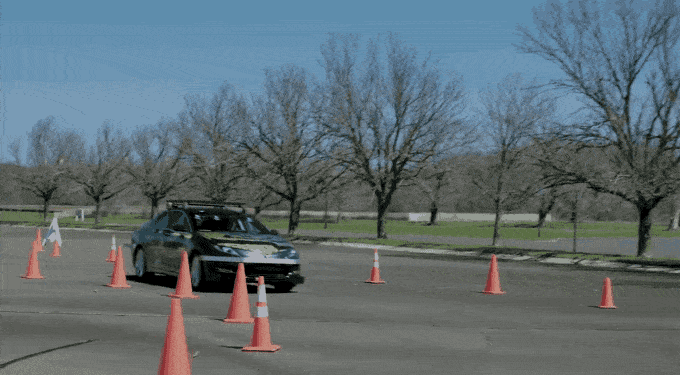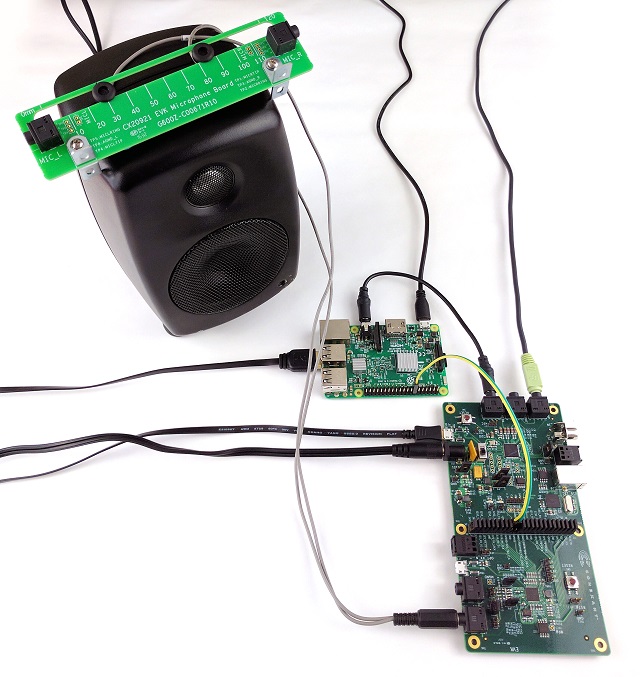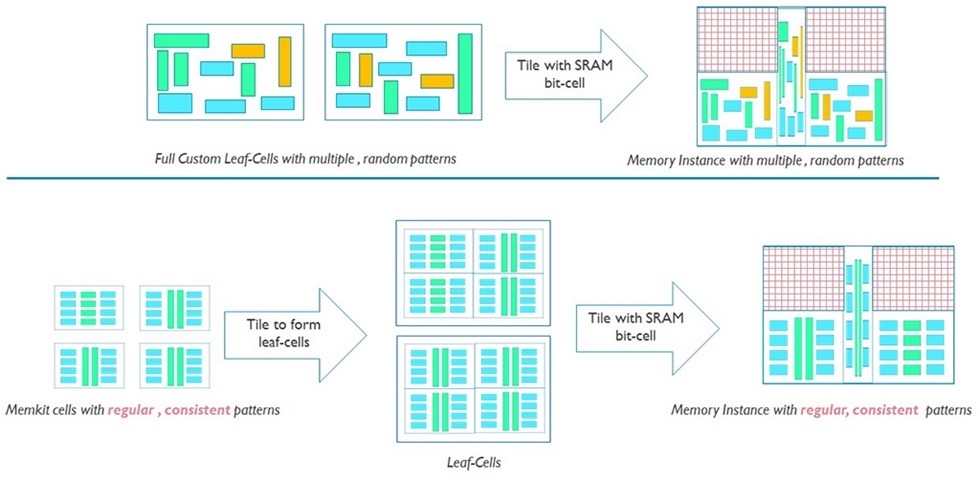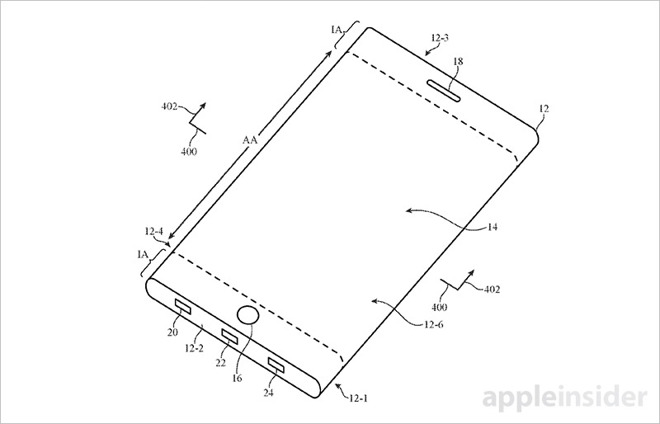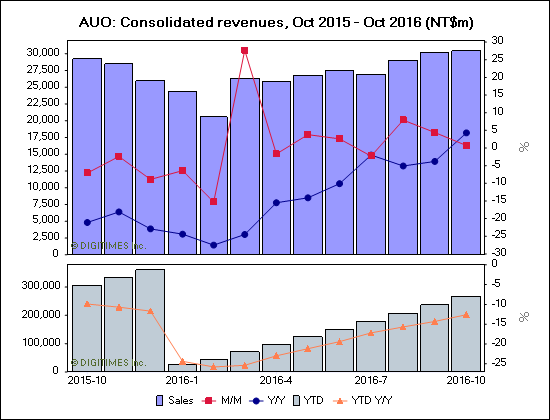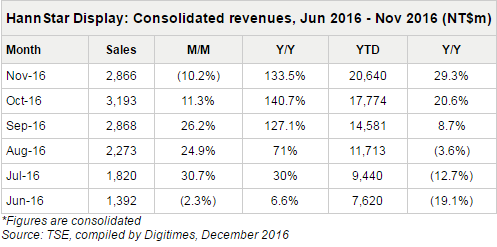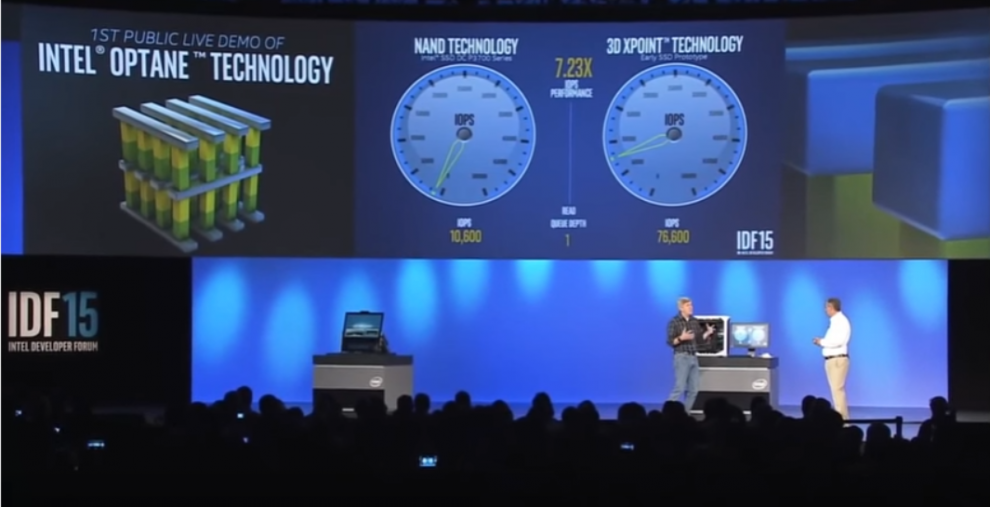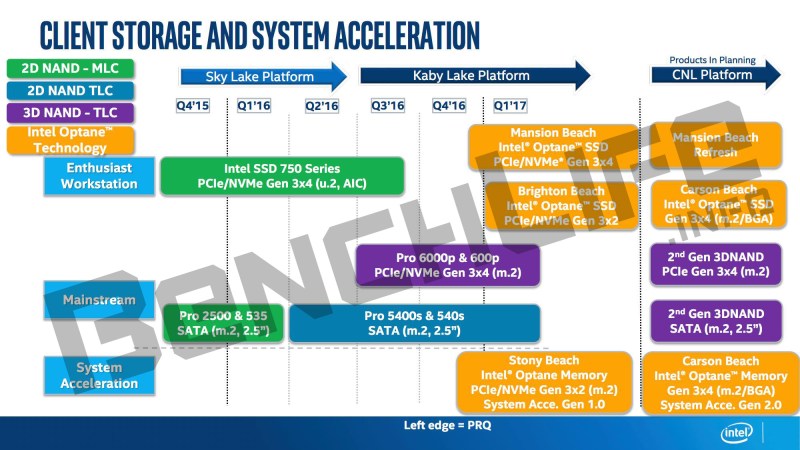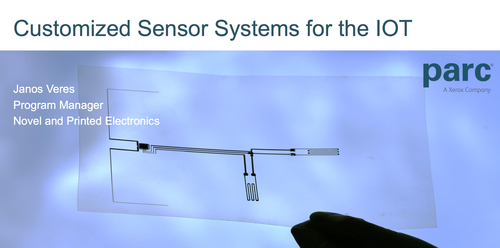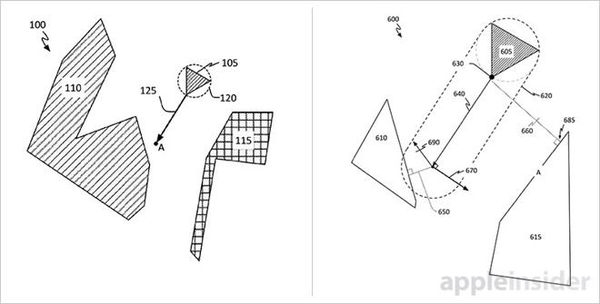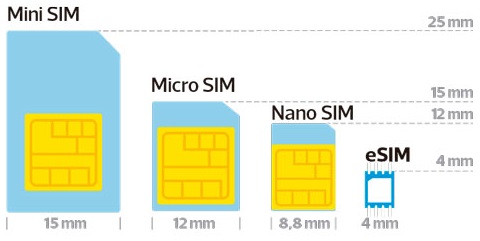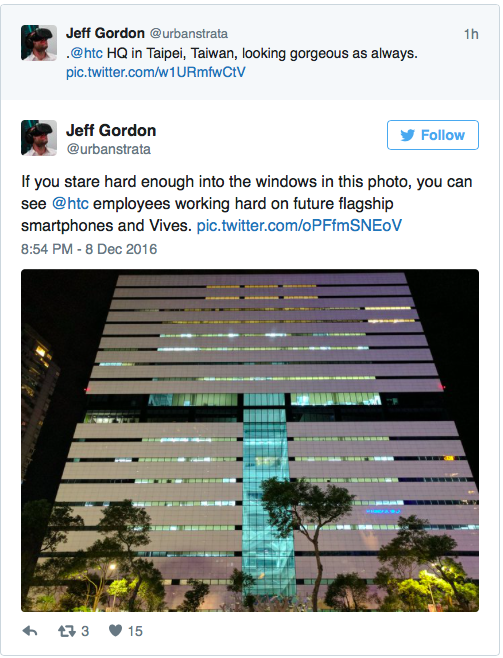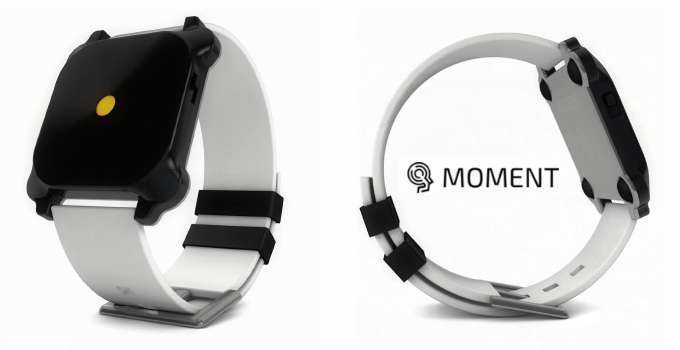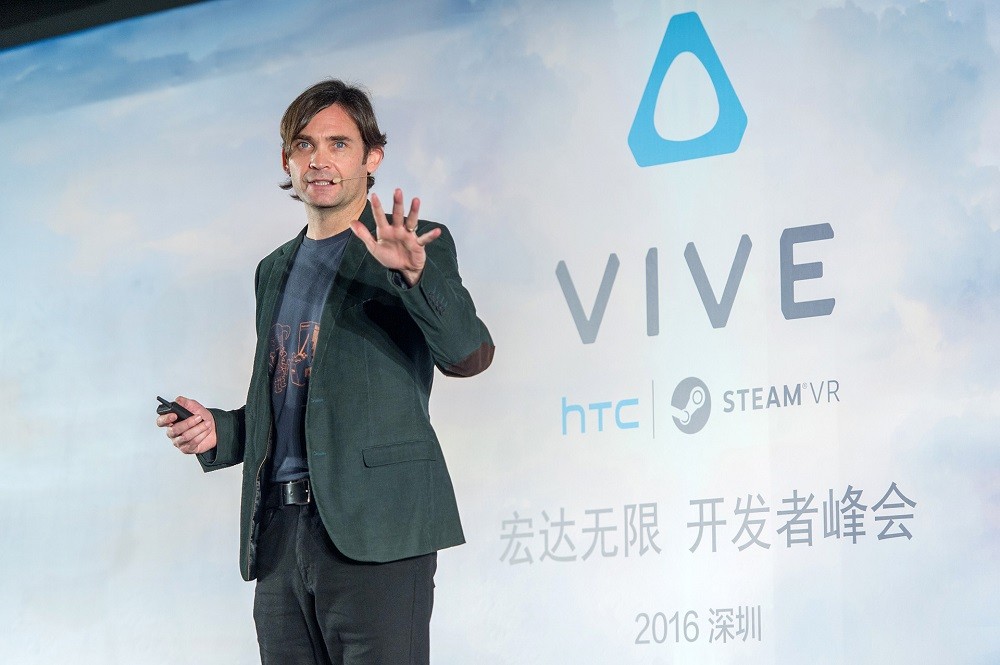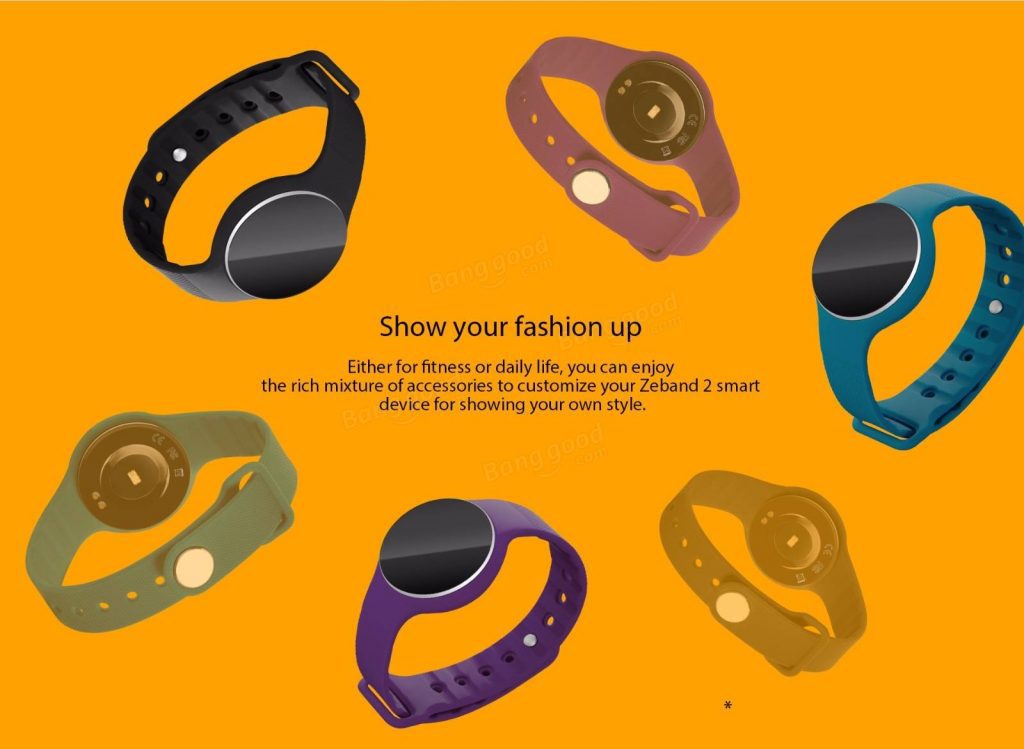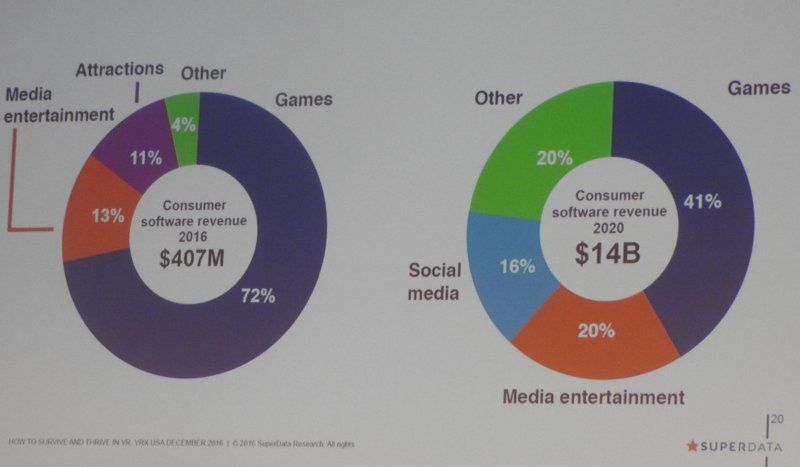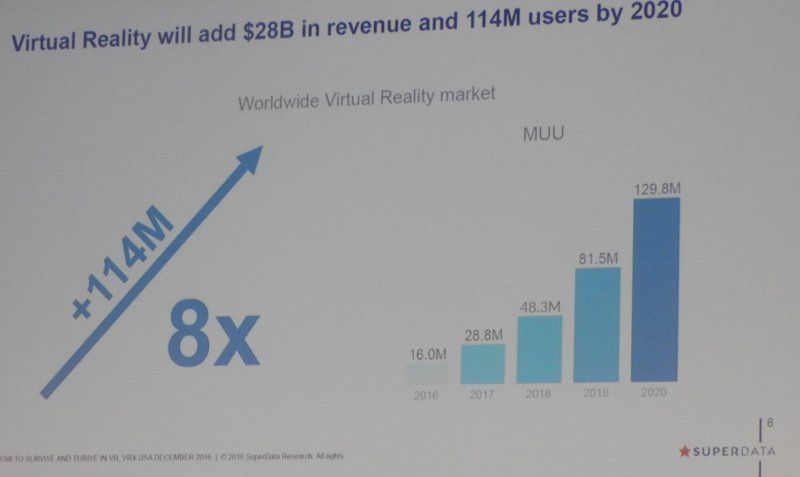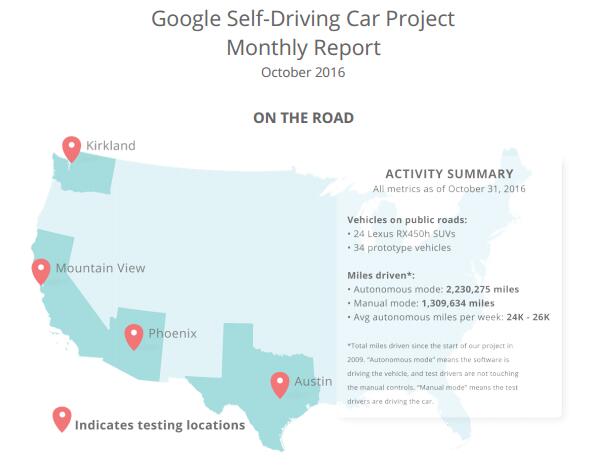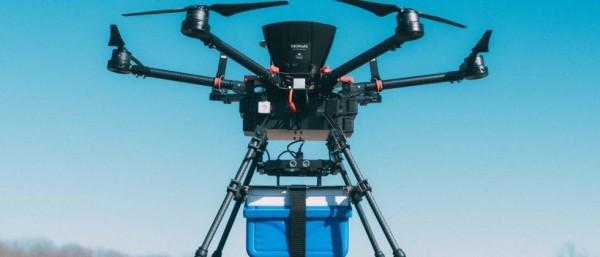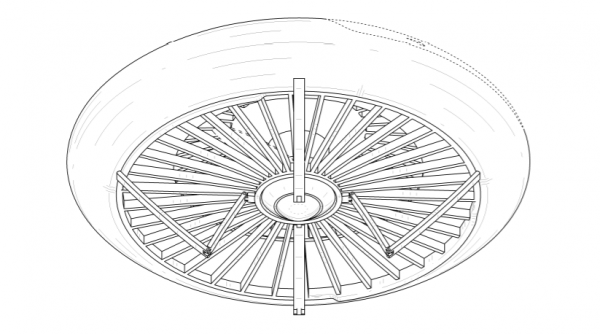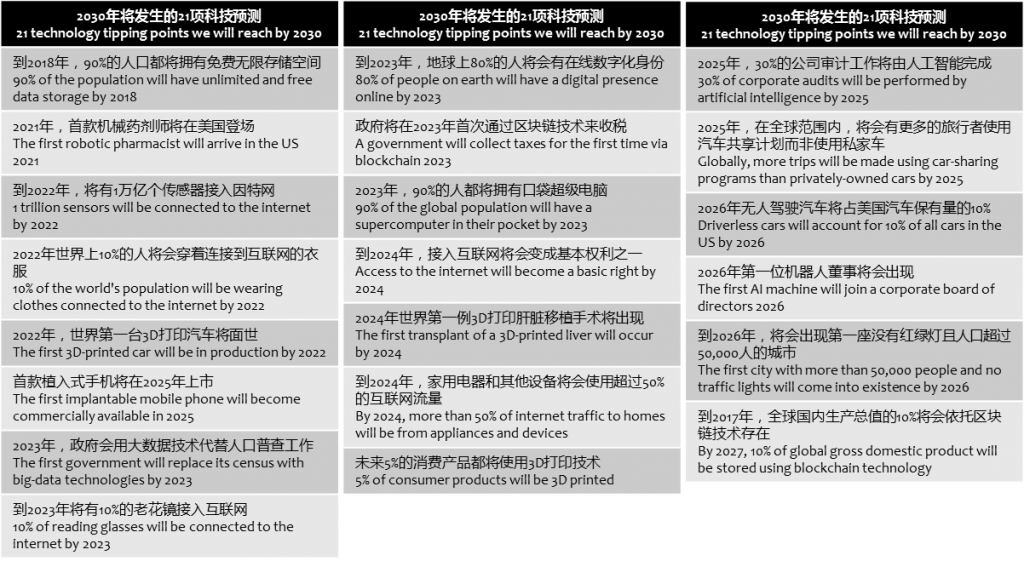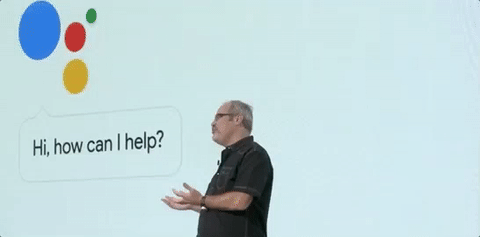
12-9: HTC has not given up and it is in fact hard at work on ‘future flagship smartphones’; ARM and TSMC to have 7nm chipset in the market in 2018; 2017 would be year of consolidation for VR market; etc.
Processor
The California Department of Motor Vehicles posts a list of all the companies and entities cleared to test self-driving vehicles on public roads in the state, and that list has a new member: Nvidia. (TechCrunch, DMV)
Samsung Electronics has recently signed a contract with Tesla regarding ASIC (Application-Specific Integrated Circuit) foundry. This is a long-term project that requires about 3 years for design, production of prototype, and mass-production. (TechNews, ET News)
Huawei next-gen Kirin processor is allegedly into production now, and expects to start mass production in 1Q17. It is using TSMC’s 10nm process, and it is believed to be Kirin 970. (CN Beta, 163, Fudzilla, Gizmo China)
Taiwan-based analog and LCD driver IC design specialists have seen their customers, mainly China-based ones, slow down their pace of orders which could result in lower revenues for Dec. 2016, according to Digitimes. China-based end-device vendors have become more aware of inventory issues, and take a more cautious approach to managing levels. (Digitimes, press, HC360)
Conexant, maker of audio processing chips, announced it is releasing a development kit approved by Amazon’s Alexa Voice Services (AVS). Featuring the Conexant AudioSmart CX20921 high-performance Hands-free Voice Input Processor, and Alexa wake word technology, Conexant’s AudioSmart 2-mic Development Kit for Amazon AVS will allow product developers to quickly and easily build products with Alexa that offer an ideal voice user experience. (TechNews, IB Times, Beta News, Forbes)
ARM announced that it has licensed its Artisan physical IP platform for TSMC’s 7nm FinFET process technology to Xilinx, the fabless semiconductor company known for inventing the field programmable gate array (FPGA). The 7nm chipset expects to enter mass production in 2018. (My Drivers, PC World, Hot Hardware, IT Home)
Touch / Display
Apple’s patent application for “Electronic Devices With Display and Touch Sensor Structures” describes a touch capable portable device made substantially of glass, sapphire or other suitable transparent material. (Apple Insider, USPTO, CN Beta)
LCD panel maker AU Optronics (AUO) has announced its unaudited consolidated revenues for Nov. 2016 reached NTD30.24B (USD950M), similar to the level of Oct. 2016 but up 6.1% on year. For small- to medium-size panels, the shipments were over 11.54M units, down by 0.4% on month. (Digitimes, press, FPDisplay)
TFT-LCD panel maker HannStar Display shipped 30.99M small- to medium-size panels in Nov. 2016, dropping 25.9% on month. Its Nov. 2016 consolidated revenues reached NTD2.866B (USD90.1M), decreasing 10.24% on month but hiking 133.47% on year. (Digitimes, press)
Camera
Nikon shared the results of a national survey conducted by Wakefield Research with 1,000 Americans over age 18 designed to reveal current perceptions concerning the emerging 360-degree market. 90% have indicated they believe some content would be better viewed in 360. While only 25% have used a 360 camera, almost 75% wanted to try out the technology. (Digital Trends, VR Focus)
Memory
3D Xpoint has been announced for more than 1 year, real products are yet to be seen. Intel is currently making Optane in a factory in China, and production will “ramp” up in 2017, said Stacy Smith, executive vice president of manufacturing, operations, and sales at Intel. According to Digitimes, upstream supply chain sources says that Intel is set to make a big push for 3D NAND SSDs in 2017, especially with its Optane platform. (eTekNix, Digitimes, TechNews, PC World)
Sensory
Oxehealth, a startup that plans to turn any regular security camera into a health monitor, which can monitor a person’s vital signs from across the room. They work with commercial partners who build hardware solutions around their unique software solutions, and integrators who add service and support to the package”. (Digital Trends, TechCrunch, Kejixun, Lieyunwang)
The clear future of IoT will be transparent, flexible and self-powering, said Xerox’s Palo Alto Research Center (Parc) program manager of novel and printed electronics, Janos Veres. MEMS, sensors, electronic controllers and energy harvesters—all transparent—will dominate the future, according to Veres. (EE Times, Sohu, Wkepu)
Apple’s patent application “Collision Avoidance Of Arbitrary Polygonal Obstacles” details a basic collision avoidance technique capable of successfully navigating an environment without prior knowledge of the objects within. In particular, the system is able to operate in both two-dimensional and three-dimensional space, often a difficult task for computer vision systems. (TechNews, Apple Insider, USPTO)
Biometrics
According to Huatai Research analyst Ken Hui, Fingerprint Cards (FPC) slashes the mid-point of its 4Q16 forecast by 28%. FPC blamed inventory correction, shortages of certain other components and increased competition for the cut. FPC is losing share to Goodix throughout 2016. O-Film, fingerprint module makers, says FPC’s share within its supply fell to about 50% recently from 90% early 2016. (Barron’s, blog, Yahoo)
Battery
Apple has entered into a joint venture with Xinjiang Goldwind Science & Technology, a maker of wind turbines, with the goal of bringing more renewable energy to Apple’s Chinese suppliers. As part of the deal, Apple will get a 30% stake in 4 project firms from Beijing Tianrun New Energy Investment, subsidiary of Goldwind. (Digital Trends, SCMP, Yicai, P5W, Sina)
Connectivity
Microsoft has announced that future Windows 10 updates, including the Creators Update, will bring new wireless connectivity options on PCs, as they will include support for 5G and eSIM. Specifically, future Windows 10 PCs will ship with eSIM. (CN Beta, Softpedia, Mobile Syrup)
Smartphones
HTC senior PR manager Jeff Gordon tweeted that HTC has not given up and it is in fact hard at work on ‘future flagship smartphones’. (Phone Arena, 163)
LeEco stated that it is currently investigating why its stock price had dropped close to 8% on 6 Dec. 2016, and thus made the decision to halt trading. LeEco states it is “in the process of planning major matters, which are expected to involve integration of industry resources.” (WSJ, Android Authority, Tencent)
LeEco reportedly is restructuring and optimizing the company’s business, which would include laying off 10% of its workforce, which is about 1400 employees. LeEco responded that LeEco Sports optimization magnitude is about 10%, and different department would have different situations, which will depend the business and operation of each department. (CN Beta, 163, ZOL)
“Wired” editor David Pierce indicates that number of various of consumer electronic vendors trying to find The Next Big Thing to “replace” smartphone, but it is not realistic. However, smartphones aren’t going away. Not anytime soon. Instead of finding a “smartphone killer”, perhaps a “smartphone supplementer” would be more realistic. (Wired, article, CN Beta)
Wearables
Moment smartwatch from Somatic Labs has a single multi-colour LED and an advanced haptic feedback engine comprised of 4 motors for notification, navigation, and “telling” time. (Phone Arena, Wear Moment, CN Beta)
HTC debuts Vive Studios, a new branch of the consumer electronics company dedicated to expanding its virtual reality content. The company said it plans to work internally on these projects, as well as with outside publishers and developers. (TechCrunch, Android Headlines, CNET, Upload VR, PR Newswire, Sina)
The report, which incorporates an interview with Magic Leap CEO Rony Abovitz, reveals that the company posted a misleading product demo in 2015 showcasing its technology. The company has also had trouble miniaturizing its AR technology from a bulky helmet-sized device into a pair of everyday glasses, as Abovitz has repeatedly claimed the finished product will accomplish. (The Verge, The Information)
Zeblace Zeband 2 is available on Banggood – 0.65” AMOLED display, continuous heart rate monitor function, IP65 certified, single full-charge of battery lasts for 7 days of normal use and a 12 days standby, USD19.99. (Gizmo China)
SuperData scaled back its virtual reality forecast for 2016, particularly after a disappointing launch of the Sony PlayStation VR headsets (from 2.6M to 745K units). But it still believes that consumer VR software could grow from USD407M in revenue in 2016 to USD14B by 2020. (VentureBeat, Sohu)
According to Google Ventures (GV) General Partner Joe Kraus, 2017 will be a year of consolidation for virtual reality, and startups are wise to dig in and make their money last as long as possible. This includes keeping company teams small. The Venture Reality Fund Co-founder & General Partner Tipatat Chennavasin warned against raising too much money at this point. (CN Beta, Variety)
Internet of Things
Google announced to let developers create “conversation actions” little bots that user can interact with using the Google Home speaker. Some partners that have already been working with the company could announce new actions in the coming weeks. (The Verge, Google, Android Authority)
Google’s self-driving project, led by ex-Hyundai CEO and president John Krafcik, is expected to be graduating from Alphabet’s moonshot shop “soon.” Google’s self-driving car team is hiring executives as it prepares to spin out from Alphabet’s X. (CN Beta, Recode)
The Johns Hopkins University in the US study found that using remotely piloted drones, blood products such as those transfused into patients may be quickly and safely transported to remote accident or natural catastrophe sites. (CN Beta, Hindustan Times, Science Daily, Seeker, AZO Robotics, BGR)
Samsung’s patent of drone is circular with a large fan right in the middle surrounding a camera, and foldable legs at the bottom. (CN Beta, Sam Mobile, Android Headlines, Galaxy Club)
The World Economic Forum’s Global Agenda Council identified 21 defining moments, all of which they predict will occur by 2030. (Business Insider, article, World Economic Forum report, 199IT)
Commerce
A report claiming Amazon plans to open “more than 2,000 brick-and-mortar grocery stores under its name” and the company has knocked down the idea as false. (TechNews, WSJ, Business Insider, CNET)
